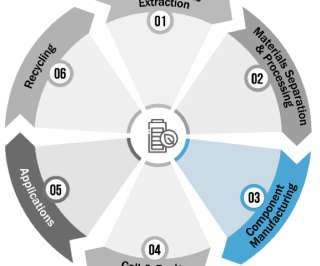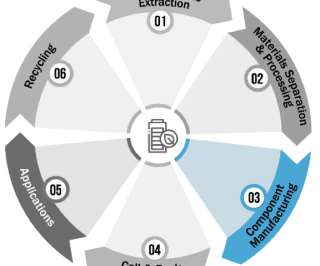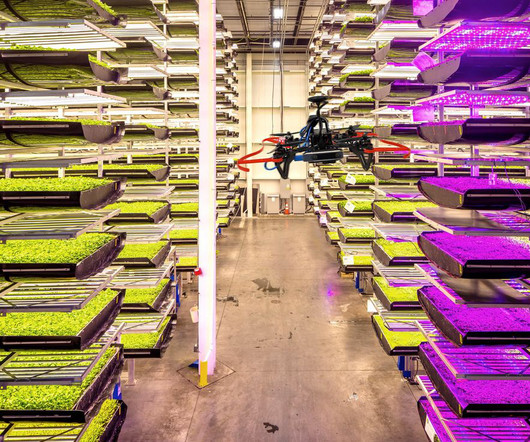DOE awarding $1.16B to 9 battery component manufacturing projects as part of $2.8B funding
Green Car Congress
OCTOBER 20, 2022
The proposed facility will support industrial-scale production of advanced lithiated anodes for multiple battery cell makers and automobile manufacturers. Nameplate production capacity of the factory would be >5GWh (gigawatt-hour) to meet customer demand. Applied Materials, Inc. Component Manufacturing (Cathode).












Let's personalize your content